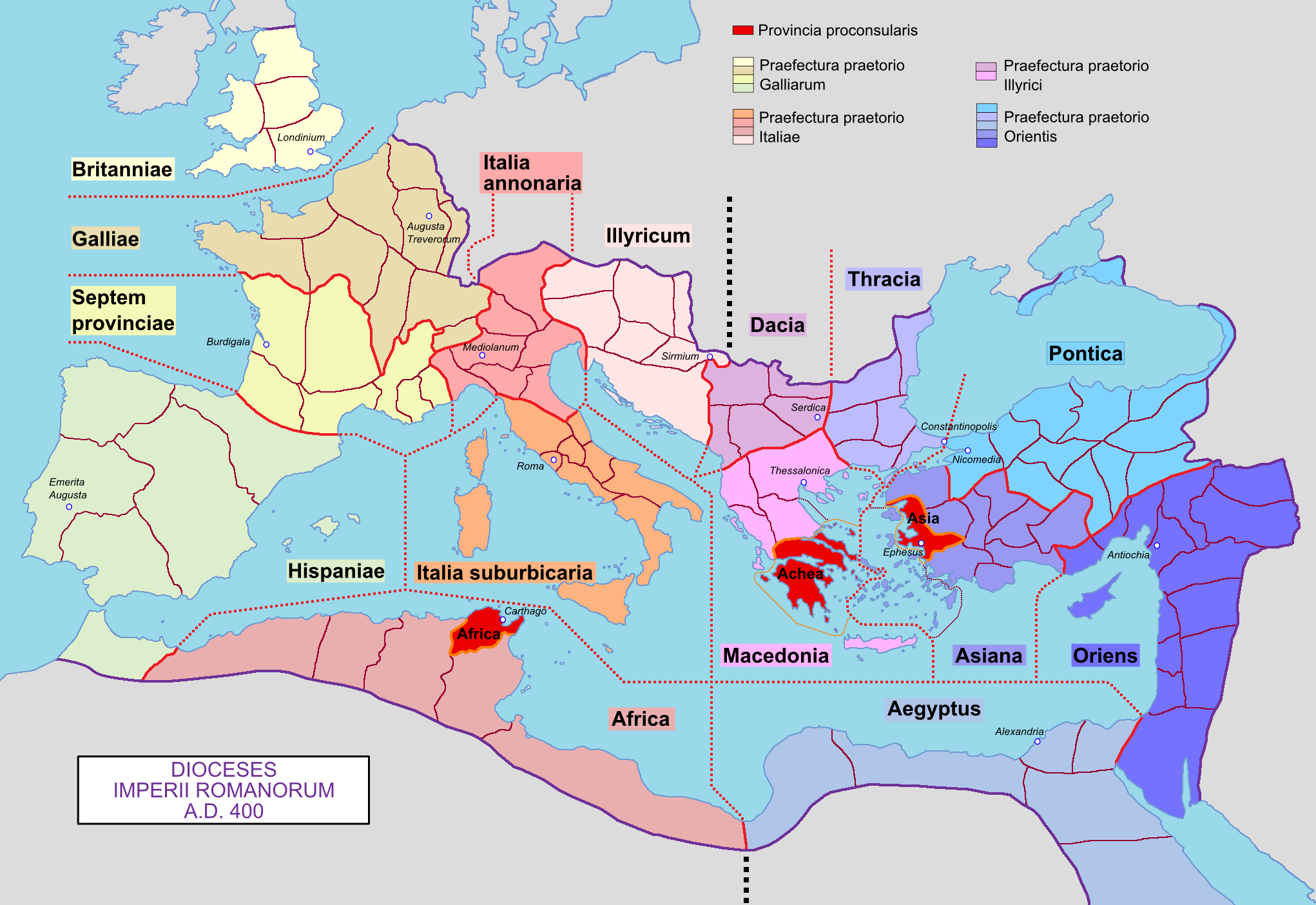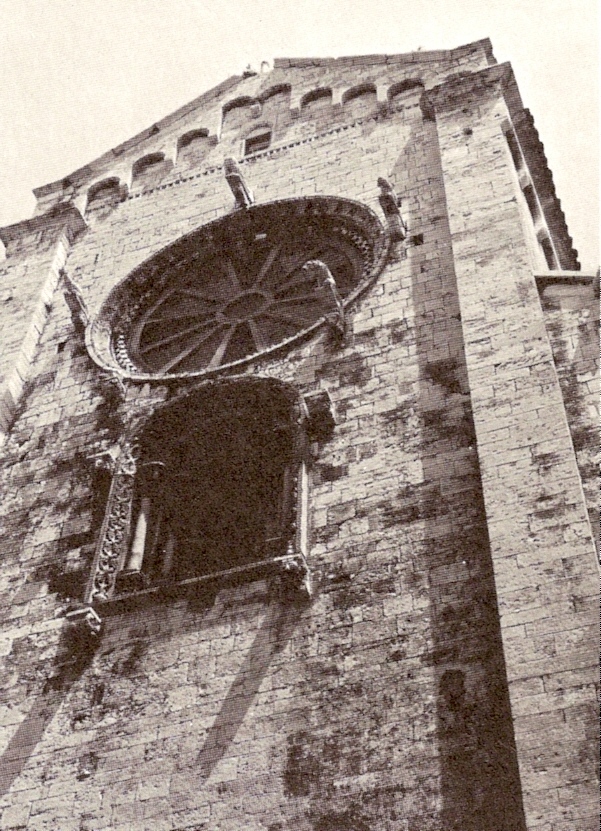|
Archbishops Of Trani-Barletta-Bisceglie
The Archdiocese of Trani-Barletta-Bisceglie () is a Latin Church ecclesiastical territory or archdiocese of the Catholic Church in Italy in the province of Barletta-Andria-Trani in Apulia. Formerly a metropolitan see, in 1980 it became a suffragan archdiocese in the ecclesiastical province of the Metropolis (religious jurisdiction), metropolitan Archdiocese of Bari-Bitonto. It received its current name in 1986, when the Archdiocese of Trani (suffragan until 1063) added to its title the names of two suppressed dioceses merged into it."Archdiocese of Trani-Barletta-Bisceglie" ''GCatholic.org''. Gabriel Chow. Retrieved 22 June 2017. Special churches The Archdiocese's archiepiscopal cathedral is ''Basilica Cattedrale di S. Nicola Pellegrino'', a minor basilica, in Trani, Apuli ...[...More Info...] [...Related Items...] OR: [Wikipedia] [Google] [Baidu] |
Trani Cathedral
Trani Cathedral () is a Roman Catholic cathedral dedicated to Saint Nicholas the Pilgrim in Trani, Apulia, south-eastern Italy. Formerly the seat of the archbishop of Trani, it is now that of the archbishop of Trani-Barletta-Bisceglie. Consecrated in 1143, is one of the main examples of Apulian Romanesque architecture. It was built using the local stone of Trani, typical of the region: a calcareous tuff, obtained from the caves of the city, characterised by its colour, an extremely light pink, almost white. The cathedral is distinguished by its showy transept and by its use of the high pointed arch in the passage beneath the bell tower, which is unusual in Romanesque architecture. History Construction began in 1099, over the earlier church of Santa Maria della Scala, which went back to the 4th century. The relics of Saint Leucius were kept here until the 8th century, when they were translated to Brindisi. The new church was intended to house the relics of Saint Nicholas the Pilgr ... [...More Info...] [...Related Items...] OR: [Wikipedia] [Google] [Baidu] |
Cathedral
A cathedral is a church (building), church that contains the of a bishop, thus serving as the central church of a diocese, Annual conferences within Methodism, conference, or episcopate. Churches with the function of "cathedral" are usually specific to those Christian denominations with an episcopal hierarchy, such as the Catholic Church, Catholic, Eastern Orthodox Church, Eastern Orthodox, Anglicanism, Anglican, and some Lutheranism, Lutheran churches.''New Standard Encyclopedia'', 1998 by Standard Educational Corporation, Chicago, Illinois; page B-262c. Church buildings embodying the functions of a cathedral first appeared in Italy, Gaul, Spain, and North Africa in the 4th century, but cathedrals did not become universal within the Western Catholic Church until the 12th century, by which time they had developed architectural forms, institutional structures, and legal identities distinct from parish churches, monastery, monastic churches, and episcopal residences. The cathedra ... [...More Info...] [...Related Items...] OR: [Wikipedia] [Google] [Baidu] |
Magnus Of Trani
Saint Magnus of Anagni (; born 2nd century), also known as Magnus of Trani or Magnus of Fabrateria Vetus, is venerated as the patron saint of Anagni. Traditional narrative According to tradition, he was born in Trani in the 2nd century, the son of a man named Apollonius. He became a shepherd at an early age to support the family; he had a small flock of sheep and donated his earnings to the poor. He and his father were baptized by Bishop Redemptus of Trani. When Redemptus died, Magnus was proclaimed bishop of Trani by the people and local clerics. As bishop Magnus worked to spread Christianity in Fondi, Aquino, and Anagni. In Anagni, he baptized a young woman named Secundina, who would later die as a Christian martyr. Magnus fled to Rome to escape the persecutions of Christians that were led by a man named Tarquinius. After a while, Magnus headed home, hiding himself along the way. Soldiers discovered him in a cave near Fondi, however, and he was decapitated near Fab ... [...More Info...] [...Related Items...] OR: [Wikipedia] [Google] [Baidu] |
Diocese Of Bisceglie
Bisceglie (; ) is a city and municipality of 55,251 inhabitants in the province of Barletta-Andria-Trani, in the Apulia region (''Italian'': ''Puglia''), in southern Italy. The municipality has the fourth highest population in the province"dati del bilancio demografico ufficiale ISTAT" Retrieved 11 September 2014 and fourteenth highest in the region. Retrieved 9 November 2011 The area has been inhabited since prehistoric times, with at least two caves showing evidence of occupation during the Neolithic. Its name probably derives from the Latin "vigilae", "watchtowers", suggesting the importance of its location on the |
Archdiocese Of Barletta
In church governance, a diocese or bishopric is the ecclesiastical district under the jurisdiction of a bishop. History In the later organization of the Roman Empire, the increasingly subdivided provinces were administratively associated in a larger unit, the diocese (Latin ''dioecesis'', from the Greek term διοίκησις, meaning "administration"). Christianity was given legal status in 313 with the Edict of Milan. Churches began to organize themselves into dioceses based on the civil dioceses, not on the larger regional imperial districts. These dioceses were often smaller than the provinces. Christianity was declared the Empire's official religion by Theodosius I in 380. Constantine I in 318 gave litigants the right to have court cases transferred from the civil courts to the bishops. This situation must have hardly survived Julian, 361–363. Episcopal courts are not heard of again in the East until 398 and in the West in 408. The quality of these courts was lo ... [...More Info...] [...Related Items...] OR: [Wikipedia] [Google] [Baidu] |
Archdiocese Of Nazareth In Barletta
The Archdiocese of Nazareth is a former residential metropolitan see, first in the Holy Land, then in Apulian exile in Barletta (southern Italy), which had a Latin and a Maronite successor as titular sees, the first merged into Barletta, the second suppressed."Nazareth (Titular See)" ''''. David M. Cheney. Retrieved February 29, 2016"Titular Metropolitan See of Nazareth" ''GCatholic.org''. Gabriel Chow. Retrieved February 29, 2016 History Biblical[...More Info...] [...Related Items...] OR: [Wikipedia] [Google] [Baidu] |
Diocese Of Andria
The Diocese of Andria () is a Latin diocese of the Catholic Church in Apulia, seated at Andria Cathedral which is built over a church dedicated to St. Peter, about ten miles southwest of Trani. It is a suffragan of the archdiocese of Bari-Bitonto. The diocese has 39 parishes, with one priest for every 1,573 Catholics."Diocese of Andria" ''''. David M. Cheney. Retrieved February 29, 2016."Diocese of Andria" ''GCatholic.org''. Gabriel Chow. Retrieved February 29, 2016. History [...More Info...] [...Related Items...] OR: [Wikipedia] [Google] [Baidu] |
Diocese Of Canosa
In church governance, a diocese or bishopric is the ecclesiastical district under the jurisdiction of a bishop. History In the later organization of the Roman Empire, the increasingly subdivided provinces were administratively associated in a larger unit, the diocese (Latin ''dioecesis'', from the Greek term διοίκησις, meaning "administration"). Christianity was given legal status in 313 with the Edict of Milan. Churches began to organize themselves into dioceses based on the civil dioceses, not on the larger regional imperial districts. These dioceses were often smaller than the provinces. Christianity was declared the Empire's official religion by Theodosius I in 380. Constantine I in 318 gave litigants the right to have court cases transferred from the civil courts to the bishops. This situation must have hardly survived Julian, 361–363. Episcopal courts are not heard of again in the East until 398 and in the West in 408. The quality of these courts was lo ... [...More Info...] [...Related Items...] OR: [Wikipedia] [Google] [Baidu] |
Trinitapoli
Trinitapoli ( Dauno-Appenninico: ''U Casòilǝ'') is a town and ''comune'' in the province of Barletta-Andria-Trani in the Apulia region of southeast Italy. A few kilometres from the town are the ruins of Salapia (later called Salpia and Salpi), which was already a bishopric by 314, when its bishop Pardus took part in the Council of Arles. The town flourished from the 11th to the 13th centuries but its later decline was sealed when the episcopal see was suppressed in 1547 and its territory united to that of Trani Trani () is a seaport of Apulia, Southern Italy, on the Adriatic Sea, by railway west-northwest of Bari. It is one of the capital cities of the province of Barletta-Andria-Trani (BAT). History Overview The city of ''Turenum'' appears for the ....On the history of the diocese see Pietro di Biase, ''Puglia medievale e insediamenti scomparsi''. ''La vicenda di Salpi'', Fasano, 1985, pp. 233-254; Pasquale Corsi, Pietro di Biase, ''Documenti vaticani relativi alla dioce ... [...More Info...] [...Related Items...] OR: [Wikipedia] [Google] [Baidu] |
Bisceglie
Bisceglie (; ) is a city and municipality of 55,251 inhabitants in the province of Barletta-Andria-Trani, in the Apulia region (''Italian'': ''Puglia''), in southern Italy. The municipality has the fourth highest population in the province"dati del bilancio demografico ufficiale ISTAT" Retrieved 11 September 2014 and fourteenth highest in the region. Retrieved 9 November 2011 The area has been inhabited since prehistoric times, with at least two caves showing evidence of occupation during the Neolithic. Its name probably derives from the Latin "vigilae", "watchtowers", suggesting the importance of its location on the Adriatic Sea during the time of the Roman Empire. The modern city finds its roots ... [...More Info...] [...Related Items...] OR: [Wikipedia] [Google] [Baidu] |
Barletta
Barletta (; Salentino: ''Varrétte'' or ''Barlétte'') is a city and ''comune'' in Apulia, in southeastern Italy. Barletta is the '' capoluogo'', together with Andria and Trani, of the Province of Barletta-Andria-Trani. It has a population of around 94,700 citizens. The city's territory belongs to the Valle dell'Ofanto. The Ofanto river crosses the countryside and forms the border between the territory of Barletta and that of Margherita di Savoia. The mouth of the river is in the territory of Barletta. The area of Barletta also includes part of the battlefield of Cannae. This is a very important archeological site, remembered for the major battle in 216 BC between the Romans and the Carthaginians, won by Hannibal. The site has been recognised as Città d'Arte (''city of art'') of Apulia in the 2005 for the beautiful architecture. Cannae flourished in the Roman period and then after a series of debilitating Saracen attacks, was finally destroyed by the Normans and then a ... [...More Info...] [...Related Items...] OR: [Wikipedia] [Google] [Baidu] |




